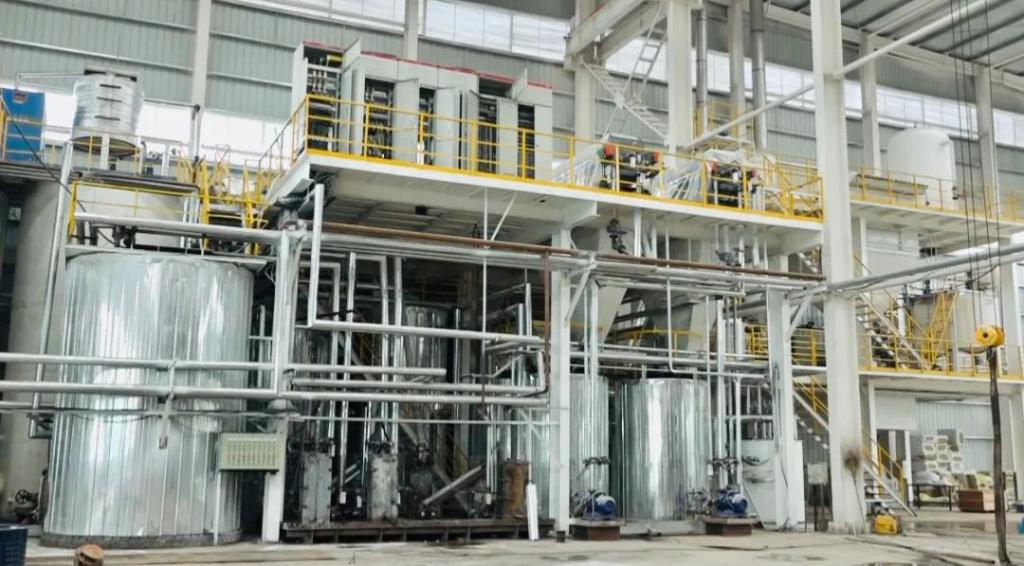Phospholipid Raw Material
Time:2024-06-17
The food industry has strict requirements for the use of phospholipid raw materials to ensure product safety, quality, and compliance. The main requirements for using phospholipid raw materials are as follows:
1.Food Safety Standards:
Phospholipid raw materials must be free of harmful substances, heavy metals, microbial contaminants, and other harmful components to ensure the safety of food.
The raw materials and production processes for phospholipids must meet hygiene and safety requirements to prevent food contamination.
2.Quality Control:
Food manufacturers must establish a quality control system to monitor and record the purity, composition, and properties of phospholipids, ensuring that each batch of products meets the specified standards.
The use of phospholipids must comply with relevant food additive standards, such as FDA standards in the United States and the E-number standards in the European Union, to ensure that their usage, types, and quantities are within regulatory limits.
3.Regulatory Compliance:
The food industry must comply with national and regional regulations and laws, ensuring that the use of phospholipid raw materials meets the requirements of food regulations.
This includes label declarations, usage limitations, and compliance with approved addition and production practices. The use of phospholipids must be correctly declared on product labels, including the name and content of the additives.
4.Allergen Labeling:
If the phospholipid raw materials contain potential allergens, such as soy lecithin, manufacturers must clearly label this on the product to protect consumers with food allergies.
5.Traceability:
Manufacturers need to ensure the traceability of phospholipid raw materials, meaning they must be able to track the sources and production history of the phospholipids. This is crucial for recalling products and addressing food safety issues.
6.Production Standards:
The food processing industry typically needs to establish production standards and procedures to ensure that the addition of phospholipid raw materials meets hygiene and quality standards. This includes adherence to Good Manufacturing Practices (GMP) to ensure the hygiene, quality, and safety of the production process.
Sustainability and Environmental Standards:
With increasing environmental awareness, some markets are focusing on the sustainability and environmental impact of phospholipid raw materials. Therefore, some phospholipid producers may need to meet relevant sustainability and environmental standards.
The food industry has comprehensive requirements for the use of phospholipid raw materials, covering food safety, quality control, regulatory compliance, allergen labeling, traceability, production standards, and environmental standards. These requirements ensure the safe, compliant, and sustainable use of phospholipids in the food industry.


 CN
CN





